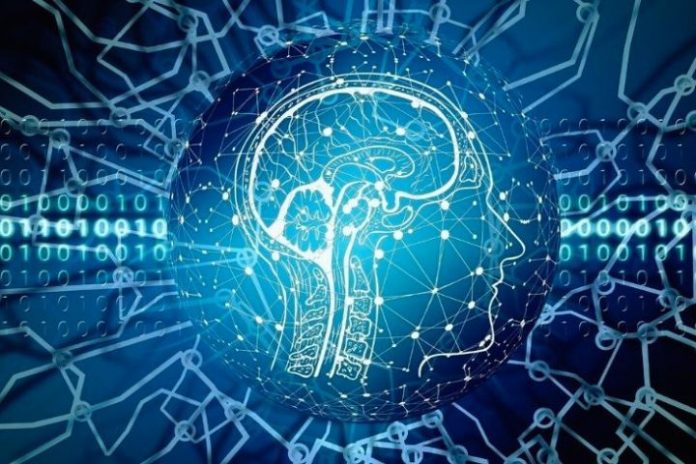Competitiveness forces companies to seek innovative alternatives to differentiate themselves. The logistics sector, in particular, has led to the search for intelligent logistics powered by technologies such as IoT, big data, and AI.
This is the only way to meet the challenges of the segment, which according to the Next-Generation Wireless in Logistics study by DHL, are:
- Achieve accurate end-to-end visibility;
- Fragmented data collection from inherently heterogeneous supply chains.
Faced with these obstacles, the use of Big Data, Artificial Intelligence (AI), and the Internet of Things (IoT) has led to greater agility, traceability, a broad view of processes, flexibility, and cost reduction in supply chains to the logistics sector.
Its applications allow obtaining quality data for assertive decision making, computer vision, monitoring the productivity of machines, receiving internal and external predictive analyses, and tracking delivery vehicles, among others – integrating partners, suppliers, and customers.
In this article, we will explore how the logistics sector can automate its processes using hyperconnectivity technologies, understand the main bottlenecks and possible solutions through technology, and finally, how it is possible to reduce costs with its uses.
Fewer Human Errors And More Productivity
AI comes to reduce human error in repetitive and routine operations. With this, managers can focus their expertise on strategic activities, not on remediation of failures and reworks, optimizing time, and gaining more efficiency.
In other words, AI offers scalable and standardized production and operation. According to the objectives and goals defined by the manager, it will interpret data and will be able to find the most appropriate processes to achieve these objectives autonomously.
Bottlenecks And End-To-End Visibility
Supply chain management is complex because it involves many relationships: from monitoring the flow of raw material procurement to distributing the final product to customers.
Therefore, it has a high potential to present bottlenecks. Mapping and identifying these bottlenecks can be complicated through phone calls and emails and requires end-to-end monitoring to address them.
Cargo transport: traffic, poor road infrastructure, inspection, weather conditions, and accidents are common problems in transport. AI, IoT, and Big Data optimize this step-through solution by capturing real-time information about road conditions and weather and calculating the best route. In addition, they help keep documentation up-to-date and digital to streamline the inspection process.
Inventory control: demand whips, safety stock, communication failure between the departments involved, and loss of merchandise can be minimized through predictive analytics and even solutions such as automatically triggering recurring customer orders.
Broad business visibility: silos between people, technologies, and processes cause a distorted view of demand needs and hinder rapid response to risks. With big data and IoT, information is captured and analyzed in real-time, offering a diagnosis of the processes integrated into the other sectors involved in the operations.
Cost Reduction Through IoT, Big Data, And AI
Cutting to the chase, AI minimizes operational costs while working at the heart of logistics industry decisions. You can quickly trace the best vehicle routes in the transport process, reducing fuel consumption. Repetitive internal activities are automated, reducing rework and optimizing staff time.
Sensors installed in machinery and equipment promote predictive analysis, reducing repair costs.
The storage sector can be monitored and controlled according to the quantities demanded by customers, avoiding waste and making the production chain cleaner.
Logically, implementing technologies in industrial logistics faces challenges in becoming a natural part of companies.
Managers and CIOs must look at their needs and find best practices to introduce disruptive technologies into their teams. It takes planning, expert support staff, and time to adapt.
Challenges For Implementing AI, Big Data, And IoT In Industry
And the main challenges raised are:
1. Lack of knowledge: Industries still face a lack of familiarity with the technological innovations of Industry 4.0. The lack of digital culture and incentives for modernization on the part of companies delay their advances and lose competitiveness.
2. High cost of implementation: One of the industry’s main complaints is the lack of availability of specific lines of investment for technological performance by financial institutions and public bodies.
3. Qualified professionals: The increase in data and connectivity brought by IoT, big data, and AI requires in-depth data science knowledge to lead to new applications. Digital culture has not yet reached high levels within organizations, demanding actions to attract professionals.
One solution to these challenges is finding specialized companies to help managers and CIOs disseminate technological knowledge within their teams.
Also Read: What Are The 5 Vs. Of Big Data?


